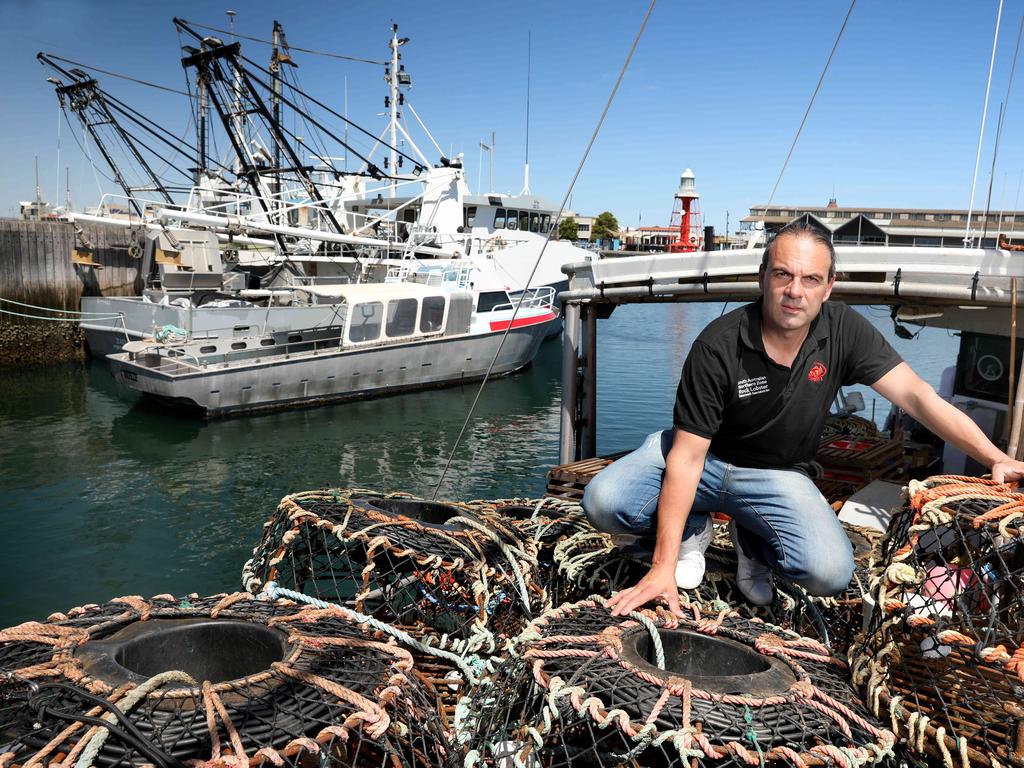Iconic Aussie spectator snack to take Japanese stadium by storm
Japan’s ‘Field of Dreams’ Koshien Stadium will become a field of Four’N Twenty pies after a trade deal to export the iconic Aussie snack

READING LEVEL: GREEN
Australia’s iconic* Four’N Twenty pies have a surprising new home beyond our football stadiums.
Fervent* fans will soon be tucking into the meaty pastries at one of Japan’s most famous baseball arenas.
Known as Japan’s “Field of Dreams”, the 47,000-seat Koshien Baseball Stadium will begin stocking the pies, which started taking the country by storm in 2019.
Trade Minister Don Farrell said the new deal with the stadium in Nishinomiya represented a concerted* shift in trade tactics.
“This is a far bigger development and it’s all part of trying to expand our trade opportunities, particularly in Asia outside of China, where we’ve had significant problems in recent years,” Senator Farrell said.
“We’ve had too many eggs in the China basket for too long. We’ve got agreements with Japan and other Asian countries, but we’re not always as ambitious as we could be.”

Japan is Australia’s third biggest trading partner, with two-way goods and services trade valued at $66 billion.
Four’N Twenty pies are now available at more than 500 stores in Japan, as well as theme parks and ski resorts.
The new deal with Japan is part of an effort to reduce Australia’s economic reliance on China.
China began imposing trade restrictions on Australia around May 2020. As the Covid-19 pandemic spread – after first being detected in the Chinese city of Wuhan – the Australian government called for an independent inquiry into the origins* of the virus using strongly worded language.

Beijing reacted immediately, introducing steep tariffs* on a number of Australian products, including rock lobsters, barley, wine and beef. Customs bans were soon imposed on wheat, wool, sugar, copper, timber, and table grapes.
In response, Australia turned to its other trade partners in the region, creating multiple trade diversions*.
Japan, India, Indonesia and South Korea are all markets that have become a renewed focus for multiple Australian industries since China introduced trade barriers. Barley was also redirected to Saudi Arabia and copper to Europe.

Finding other outlets for affected goods and services has reduced the blow for Australian industries whose trade with China was suspended.
The impact on the Australian economy could have been catastrophic* without the ability and opportunity to redirect exports to these alternative trade partners. In the decade prior, Australian exports to China tripled to around $149 billion.
GLOSSARY
- iconic: very famous or popular, representative of particular time or place
- fervent: having strong and sincere feelings or beliefs about something
- concerted: deliberate, determined and serious
- origin: the beginning or source of something
- tariffs: tax imposed by one country on the goods and services imported from another country
- diversion: taking a different route or path, particularly to get around an obstacle
- catastrophic: causing sudden and very great harm or destruction
EXTRA READING
Thai taxis become bonnet and rooftop gardens
Debate over new Australian logo with no roo
QUICK QUIZ
- Koshien Baseball Stadium seats how many people?
- Four’N Twenty pies are currently available at how many Japanese stores?
- The new trade deal with Japan is part of what effort?
- Beijing immediately slapped which four Australian products with steep tariffs?
- What were Australia’s exports to China worth in the decade prior to Covid souring relations?
LISTEN TO THIS STORY
CLASSROOM ACTIVITIES
1. Australia’s biggest exports?
Use your research skills to find out which five goods or services are Australia’s biggest exports.
Time: allow 30 minutes to complete this activity
Curriculum Links: English, Economics and Business
2. Extension
Why is trade with other countries important for Australia? Create a mind map or brainstorm ideas. Don’t forget to use information in the story to help you.
Use your ideas to design a diagram that will help other students understand how exports and trade with other countries helps Australia.
Time: allow 45 minutes to complete this activity
Curriculum Links: English, Economics and Business, Visual Communication Design
VCOP ACTIVITY
To sum it up
After reading the article, use your comprehension skills to summarise in a maximum of three sentences what the article is about.
Think about:
- What is the main topic or idea?
- What is an important or interesting fact?
- Who was involved (people or places)?
Use your VCOP skills to re-read your summary to make sure it is clear, specific and well punctuated.


